Table of content
Ginkgo nuts, derived from the ancient Ginkgo biloba tree, have been a culinary and medicinal staple in Asian cultures for centuries. Revered for their unique flavor and potential health benefits, these ivory-colored seeds require careful preparation to unlock their delicate taste while neutralizing their inherent toxicity. A common query among home cooks and culinary enthusiasts is: How long should ginkgo nuts be cooked to achieve the perfect balance of tenderness and safety? This article delves into the science, techniques, and nuances of cooking ginkgo nuts to perfection, ensuring both culinary excellence and food safety.
Understanding Ginkgo Nuts: A Brief Introduction
Ginkgo nuts are the seeds enclosed within the fleshy, foul-smelling fruit of the Ginkgo biloba tree. While the tree itself is a living fossil, dating back over 270 million years, its nuts have gained modern popularity for their alleged cognitive-enhancing properties and earthy, slightly sweet flavor. However, raw ginkgo nuts contain a compound called ginkgotoxin (4′-O-methylpyridoxine), which can cause adverse reactions such as nausea, vomiting, or seizures if ingested in large quantities. Cooking effectively neutralizes this toxin, making proper preparation non-negotiable.
The Culinary Significance of Cooking Time
The doneness of ginkgo nuts is a delicate dance between texture and safety. Undercooking leaves residual toxins, while overcooking results in a mushy, unappetizing consistency. The ideal cooked ginkgo nut should be tender yet slightly firm, with a creamy texture and a mild, nutty aroma. Achieving this requires precision, as cooking times vary based on method, quantity, and even the nuts’ freshness.
Factors Influencing Cooking Time
- Freshness: Freshly harvested ginkgo nuts have higher moisture content, requiring slightly longer cooking than dried or stored nuts.
- Size: Larger nuts may need additional time to ensure even heating.
- Quantity: Overcrowding the pot slows cooking, as nuts compete for heat.
- Altitude: At higher elevations, water boils at lower temperatures, potentially extending cooking times.
- Cooking Method: Boiling, roasting, and microwaving each demand different durations.
Boiling Ginkgo Nuts: The Classic Method
Boiling is the most common technique, prized for its simplicity and effectiveness in toxin removal.
Step-by-Step Guide:
-
Preparation:
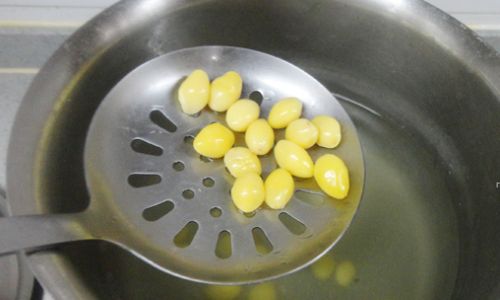
- Crack the Shells: Ginkgo nuts have a hard, leathery shell. Use a nutcracker or hammer to gently crack the shell, exposing the seed inside.
- Remove the Embryo (Optional): The greenish embryo at the nut’s base contains higher toxin levels. While optional, discarding it may reduce bitterness.
-
Boiling Process:
- Cold Start vs. Boiling Water: Some chefs advocate starting nuts in cold water to ensure gradual heating, while others prefer boiling water for faster results. Both methods work, but consistency is key.
- Simmering Time:
- Fresh Nuts: 10–15 minutes.
- Dried Nuts: 15–20 minutes.
- Testing Doneness: A cooked nut should feel tender when pierced with a fork. The shell may also begin to loosen or crack further.
-
Post-Cooking Steps:
- Drain and Rinse: Immediately transfer cooked nuts to cold water to halt cooking and facilitate peeling.
- Peeling: The inner skin (testa) should rub off easily, revealing the bright green or ivory seed.
Roasting Ginkgo Nuts: For Depth of Flavor
Roasting enhances the nuts’ natural nuttiness while reducing cooking time slightly.
Oven-Roasting Technique:
-
Preparation:
- Shell and peel the nuts as with boiling.
- Toss lightly in oil or butter to prevent burning.
-
Roasting:
- Preheat the oven to 350°F (175°C).
- Spread nuts in a single layer on a baking sheet.
- Roast for 12–15 minutes, shaking the pan occasionally for even browning.
-
Doneness Cues:
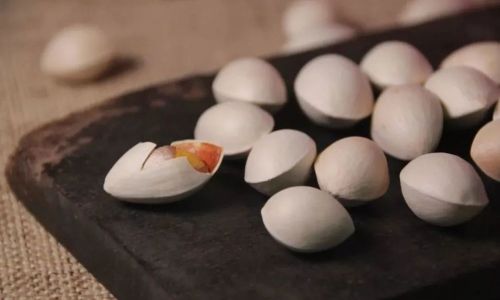
- Nuts should turn golden-brown with a toasted aroma.
- Overcooking risks bitterness, so monitor closely after the 10-minute mark.
Microwave Cooking: Speed vs. Precision
Microwaving offers convenience but requires strict timing to avoid explosions or uneven cooking.
-
Preparation:
- Shell and peel nuts.
- Place in a microwave-safe dish with a damp paper towel to prevent drying.
-
Cooking Time:
- Medium power (50–70%) for 1–2 minutes.
- Stir halfway through and check for tenderness.
Pressure Cooking: Modern Efficiency
Pressure cookers slash cooking times significantly, ideal for large batches.
-
Preparation:
- Shell and peel nuts.
- Add to the cooker with 1 cup of water per 100g of nuts.
-
Cooking Time:
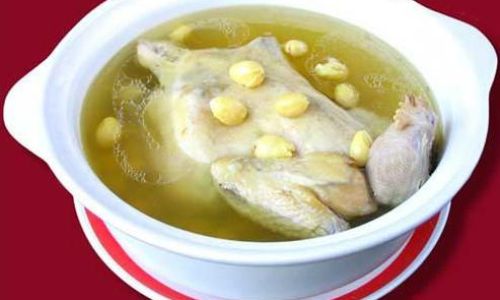
- High pressure for 5–7 minutes.
- Natural release for 5 minutes before quick-releasing remaining pressure.
Safety First: Avoiding Ginkgo Toxicity
While cooking neutralizes most ginkgotoxin, adherence to guidelines is critical:
- Never Consume Raw Nuts: Even small quantities can cause discomfort.
- Portion Control: Limit servings to 8–10 nuts per day for adults; avoid for children and pregnant individuals.
- Discard Discolored Nuts: Blackened or moldy seeds may indicate spoilage.
Common Mistakes and How to Avoid Them
- Undercooking: Results in residual toxins. Always test with a fork or toothpick.
- Overcrowding the Pot: Use a pot large enough to submerge nuts fully.
- Ignoring Altitude Adjustments: At high elevations, increase boiling time by 2–3 minutes.
- Skipping the Cold Rinse: This step prevents overcooking and simplifies peeling.
Beyond Boiling: Creative Culinary Applications
Cooked ginkgo nuts lend themselves to diverse dishes:
- Soups and Stews: Add to chicken or mushroom broth for earthy depth.
- Stir-Fries: Toss with vegetables and soy sauce for a crunchy texture.
- Desserts: Incorporate into rice porridge or mochi for a subtle sweetness.
- Snacks: Lightly salted roasted nuts make a unique, healthy snack.
Storing Cooked Ginkgo Nuts
- Refrigeration: Store in an airtight container for up to 5 days.
- Freezing: Blanch briefly before freezing to preserve texture for up to 6 months.
Conclusion: The Pursuit of Perfection
Cooking ginkgo nuts to perfection is an art rooted in patience and precision. Whether boiling, roasting, or microwaving, the key lies in understanding the interplay of time, temperature, and technique. By adhering to recommended durations—10–15 minutes for boiling, 12–15 minutes for roasting, and 5–7 minutes under pressure—cooks can safely savor the nut’s delicate flavor while honoring its ancient legacy. As with any culinary tradition, practice and experimentation will refine your approach, transforming this humble seed into a star ingredient.
In a world where fast-paced living often overshadows mindful preparation, the ginkgo nut serves as a reminder that some things are worth waiting for. So, the next time you crack open a shell, savor the process—and the payoff.


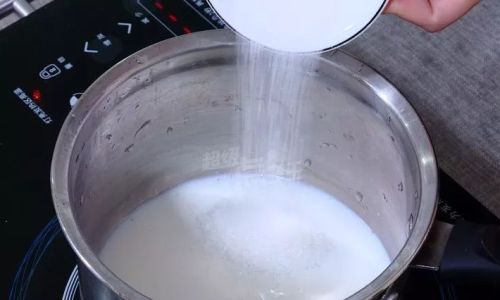
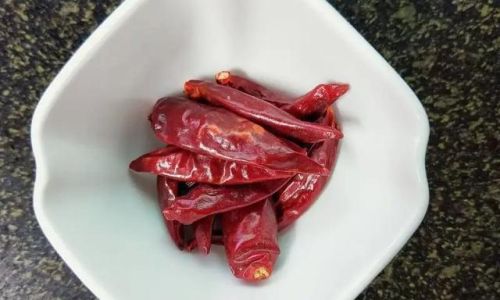
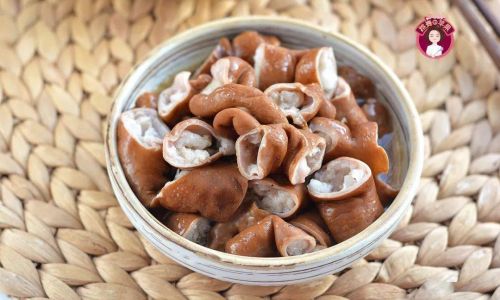
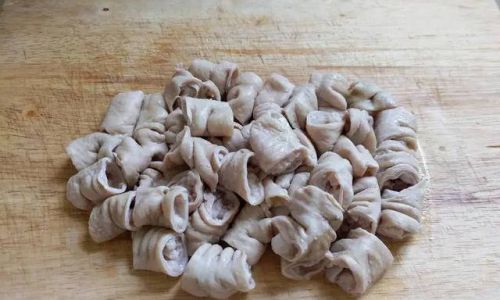
0 comments